Apple’s annual iPhone event is one of the most-anticipated launch events every year. Even if you’re an Android user, it’s hard not to be curious to see what the Cupertino company is getting up to, and if maybe some of the new features they announced could eventually trickle its way down to Android phones as well.
This year’s iPhone 15 launch was no exception, but the main difference is that unlike previous launches, the iPhone 15’s launch has been met with a lot of criticism over the various choices that Apple has made, and here’s what some people have been complaining about so far.
Titanium build is oddly weak
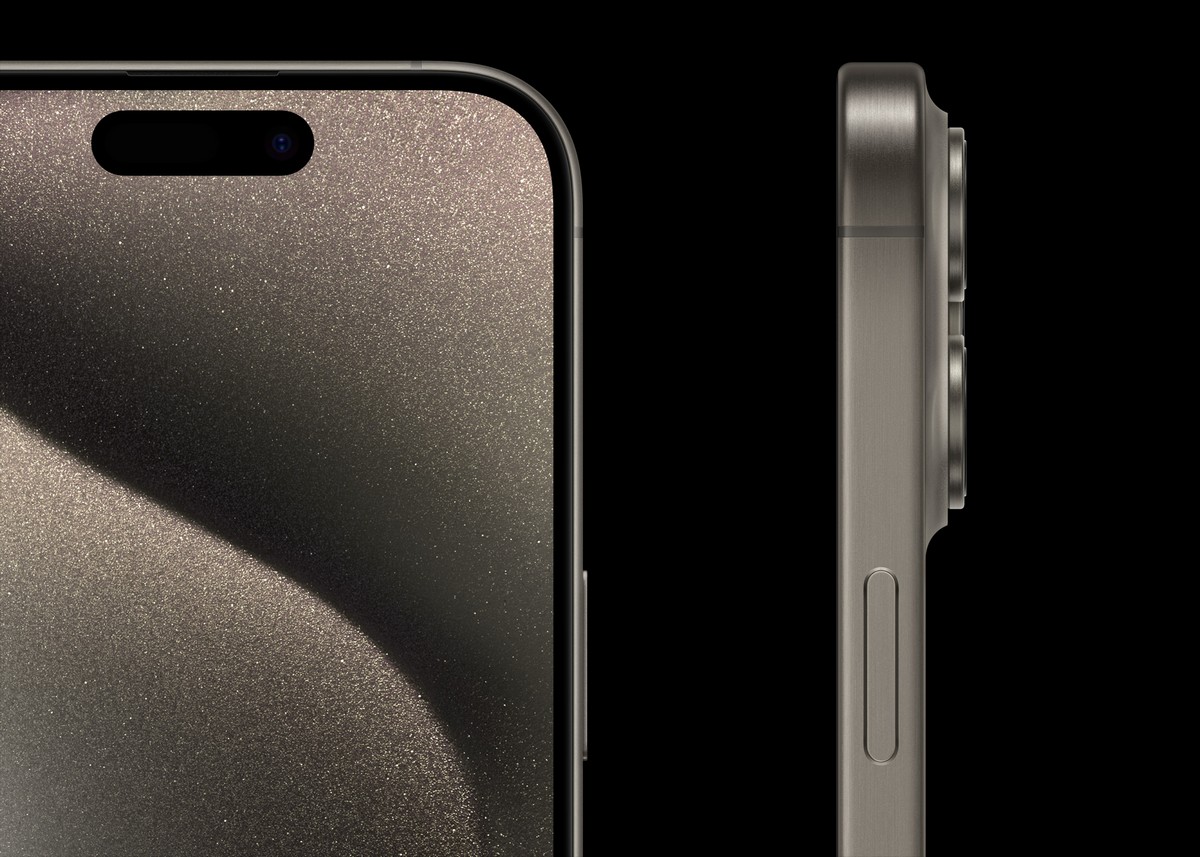
Titanium is known to be a very strong and light metal, so for Apple to use titanium in the build of the iPhone 15 should be a good thing, right? Unfortunately, further inspection has revealed that the iPhone 15 isn’t made out entirely out of titanium. Instead the titanium is used for the outer shell of the iPhone 15, while the inside is actually aluminum.
To be fair making the entire phone out of titanium might have been too costly, plus given that titanium is hard to work with, it could have resulted in a more expensive iPhone with lower yields.
We suppose one could argue that the titanium is being used to reinforce the phone’s build, but teardowns and durability tests have found the new iPhones to be weaker than its predecessors. For example, a durability test conducted by JerryRigEverything found that bending the phone was way too easy and that the glass covering the back of the phone broke simply by pressing down hard on it.
The reports of small microdamages present on the new iPhone 15 Pro continue. Lately I have also received other reports regarding battery overheating problems, it seems that this happens during charging and while using social networks, the causes but if it is a non-battery issue… pic.twitter.com/fmiFtd4QBV
— Majin Bu (@MajinBuOfficial) September 25, 2023
Other tests have also found that dropping the iPhone 15 on the ground just once was enough to break the screen. This is versus tests on previous models that did a much better job at surviving these drop tests. Also, there have been some user complaints about microdamages, display misalignment, bubbles, and discolored squares on what is supposed to be a brand new phone.
The overheating problem
Our phones can get hot when they’re under heavy loads and this is to be expected considering that almost all phones have no form of active cooling, but Apple’s new iPhone 15s are running hotter than normal.
This is kind of embarrassing for Apple considering that the new iPhone 15 Pros are running the new A17 chipset which is supposed to be more powerful and efficient considering that it was built on TSMC’s 3nm process, a first for Apple’s iPhones.
Famed Apple insider Ming-Chi Kuo doesn’t think that this is related to TSMC’s 3nm node. Instead he believes that a software patch could fix it, but unfortunately the fix could involve throttling the chipset so that it doesn’t use so much power, which in turn could reduce the overheating issue.
Considering how Apple seemed to market the iPhone 15 as a gaming device during its presentation, throttling the phone could have an impact on the games which kind of makes Apple’s claims moot.
Laggy user experience

We wouldn’t be surprised if a person was running the iPhone XS and upgraded to iOS 17 and experienced a bit of lag, but you would think that the iPhone 15 which is probably the best phone to run iOS 17 wouldn’t have any issues, right? Wrong.
Users are reporting that they are experiencing lagginess and choppiness while using the iPhone 15 running on iOS 17 out of the box. It is a weird thing to experience on a brand new phone that uses such a powerful chipset.
ios on an iPhone 15 pro max: still sloppy and choppy as fuuuuuuuuuuuuu pic.twitter.com/MhgBIDuWgS
— Chris Pirillo (@ChrisPirillo) September 23, 2023
It is possible that this could be a software issue that will be rectified eventually, but it’s not a good look for Apple considering that this has never really been an issue with past iPhones.
A 48MP camera that you shouldn’t use
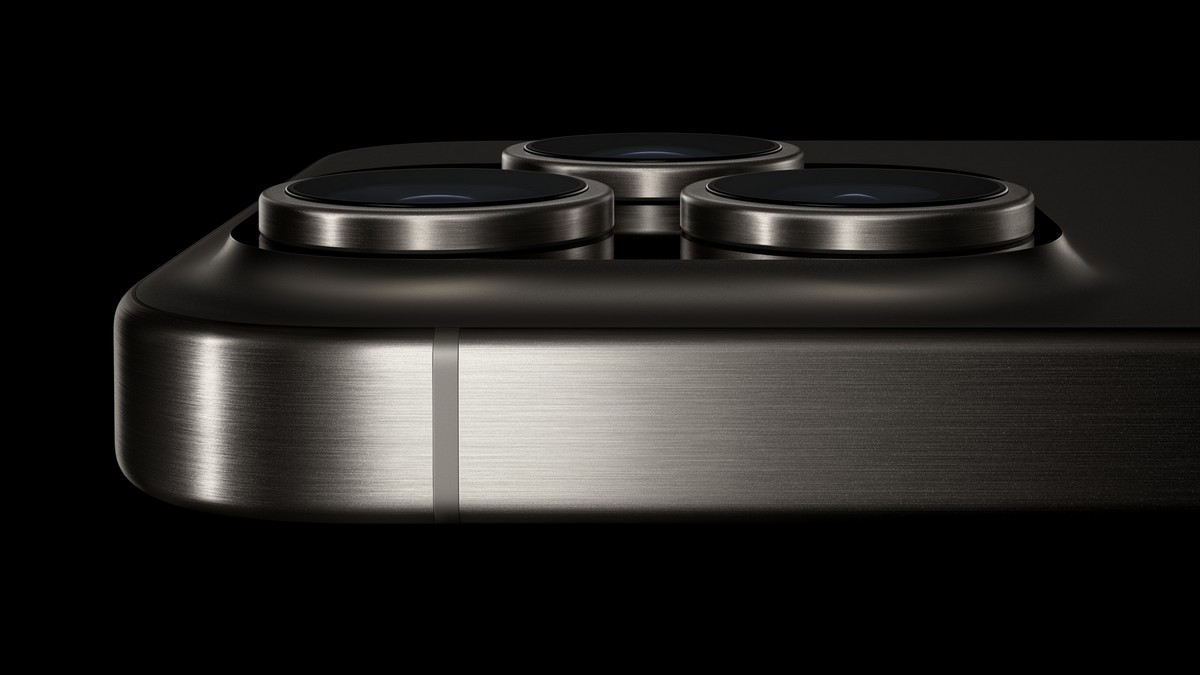
The iPhone 15 Pro and Pro Max models come with a 48MP camera for one of its camera modules, but by default, it is set at 24MP. It’s an odd choice and you would think that you could just change it to 48MP, right? Turns out you shouldn’t.
Speaking to PetaPixel, Jon McCormack, Vice President of Camera Software Engineering at Apple explained why users should instead use 24MP instead of 48MP.
“You get a little bit more dynamic range in the 24-megapixel photos. Because when shooting at 24-megapixels, we shoot 12 high and 12 low — we actually shoot multiple of those — and we pick and then merge. There is, basically, a bigger bracket between the 12 high and the 12 low. Then, the 48 is an ‘extended dynamic range,’ versus ‘high dynamic range,’ which basically just limits the amount of processing. Because just in the little bit of processing time available [in the 24 megapixel] we can get a bit more dynamic range into Deep Fusion. So what you end up with in the 24, it’s a bit of a ‘Goldilocks moment’ of you get all of the extra dynamic range that comes from the 12 and the detail transfer that comes in from the 48.”
While McCormack’s explanation does seem to make sense, it is weird that Apple would provide users with a 48MP camera but at the same time don’t encourage them to use it. We can imagine users who aren’t so tech savvy might be in for a rude awakening when they assume their photos are 48MP, only to find out that by default they are only 24MP.
There is an argument to be made about how since we upload our photos to social media and view them through our phones that we probably can’t tell the difference anyway, but it does feel a little misleading.
The USB-C-ontroversy

With the iPhone 15, Apple finally introduced USB-C to its iPhone lineup, but even then that caused some controversy. It has been found that in the iPhone 15 and iPhone 15 Plus models, despite it having a USB-C port, it only transfers at USB 2.0 speeds, a tech that came about more than 20 years ago.
Only the iPhone 15 Pro and Pro Max models support the modern day USB-C transfer speeds, meaning that those who opt for the lower-end models will miss out on this. It has been suggested that it is because the iPhone 15 and 15 Plus models are still using the A16 Bionic chipset that does not have the USB-C controller which is why there is a discrepancy in the transfer speeds.
While we understand that there will be differences between the models, we never imagined that transfer speeds will now have to be another thing that users have to take into consideration when trying to decide which model is for them.
Conclusion
The differences between the iPhone models every year aren’t usually particularly drastic. Apple tends to reuse the design of its iPhones for a few years before changing them, so in between the upgrades aren’t necessarily huge.
Despite that, the new iPhones get a lot of praise every year as the improvements Apple makes tend to be pretty good for the most part, but this year definitely feels like a huge misstep for the company.
This doesn’t necessarily take away from the fact that the iPhone 15 is still a very decent handset at the end of the day, and while there will definitely be changes that users won’t like, all the issues the iPhone 15 are facing at the moment are overshadowing what could have been a decent upgrade to the iPhone lineup.

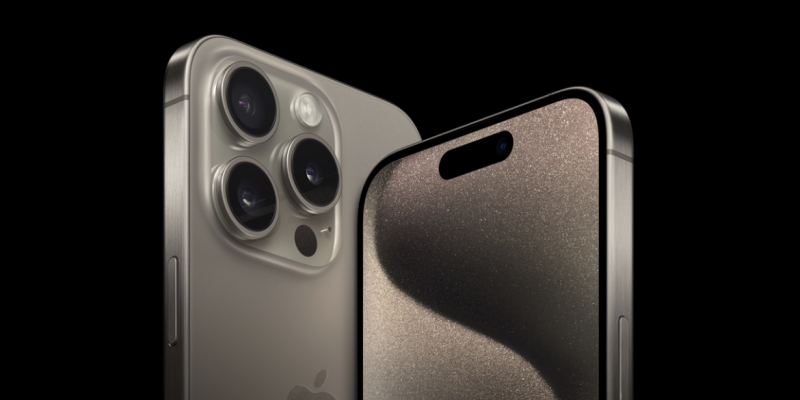




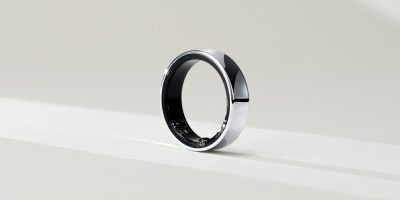


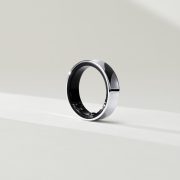

Comments